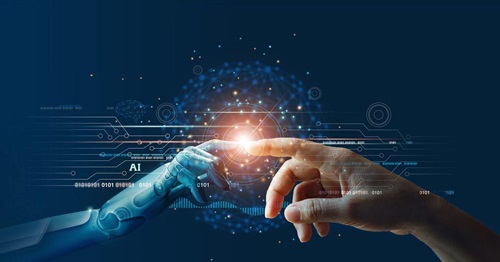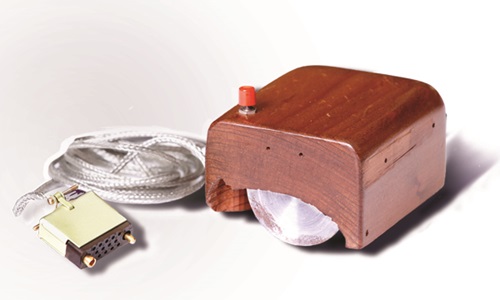Who is Dogulas Engelbart
Douglas Carl Engelbart (January 30, 1925 -- July 2, 2013) was an American engineer and inventor, and an early computer and Internet pioneer. He
is best known for his work on founding the field of human-computer interaction, particularly while at his Augmentation Research Center Lab in SRI
International, which resulted in creation of the computer mouse, and the development of hypertext, networked computers, and precursors to graphical
user interfaces. These were demonstrated at The Mother of All Demos in 1968. Engelbart's law, the observation that the intrinsic rate of human
performance is exponential, is named after him.[1]Actually, With the contribution of Dogulas Engelbart, the public can use computers conveniently and
simply and computers change its character of machine for scientists to a tool and a indispensable part of usual life.

Human-computer interaction (HCI)
Human-computer interaction (HCI) is research in the design and the use of computer technology, which focuses on the interfaces between
people (users) and computers. HCI researchers observe the ways humans interact with computers and design technologies that allow humans
to interact with computers in novel ways. A device that allows interaction between human being and a computer is known as a
"Human-computer Interface (HCI)". In the early days of computer development,people who used and produced computers paid little attention
to wherther computers is easily to use or not. At that time all the faciities of Human-computer interaction are keyboards and monitors.
Programmers typed commands through the keyboard, and the operating system immediately executes the commands after receiving them and displays
the results on the monitor, which is incomprehensible to beginners and general users when computers are regarding as dedicated machines to scientist. [2][3]

Invention of Mouse
Dogulas Engelbart and his team creat the first mouse prototype in 1964 and the origin name of computer mouses is Display system X-Y position indicating
machine[4]. However, computer mouse did not show its effect immediately after invention. In 1973, it is first applied to Alto computer system by Xeorox Company.
But this system is experimental totally used by scientists not popularize to the public[5].Then, in 1981, Xerox company sold mouse with Star 8010 computers
using GUI operating system. This is the first time that the public know about mouse[6]. Finally, in 1984, with the Macintosh coming out, which is a milestone to
both Apple and development of computers, computer mouse was widly accepted by people[7]. And now computer mouse is an indispensable part of computer.

Graphical user interfaces(GUI)
The graphical user interface, or GUI, is a form of user interface that allows users to interact with electronic devices through graphical icons and audio
indicators such as primary notation, instead of text-based UIs, typed command labels or text navigation. GUIs were introduced in reaction to the perceived
steep learning curve of command-line interfaces (CLIs),[8][9][10] which require commands to be typed on a computer keyboard.Traditional character interface
operations are relatively complex, and non-professional users find it difficult to understand and operate. In contrast, graphical user interfaces (GUIs)
are more intuitive, and users can operate them through graphical objects without having to learn complex code. After receiving the operation instructions,
electronic products provide feedback to the user, and the feedback results are also graphical objects. Therefore, users can achieve operations without
professional knowledge and skills. As a display format for interfaces, GUI design greatly facilitates the operation of non-professional users.[11]
